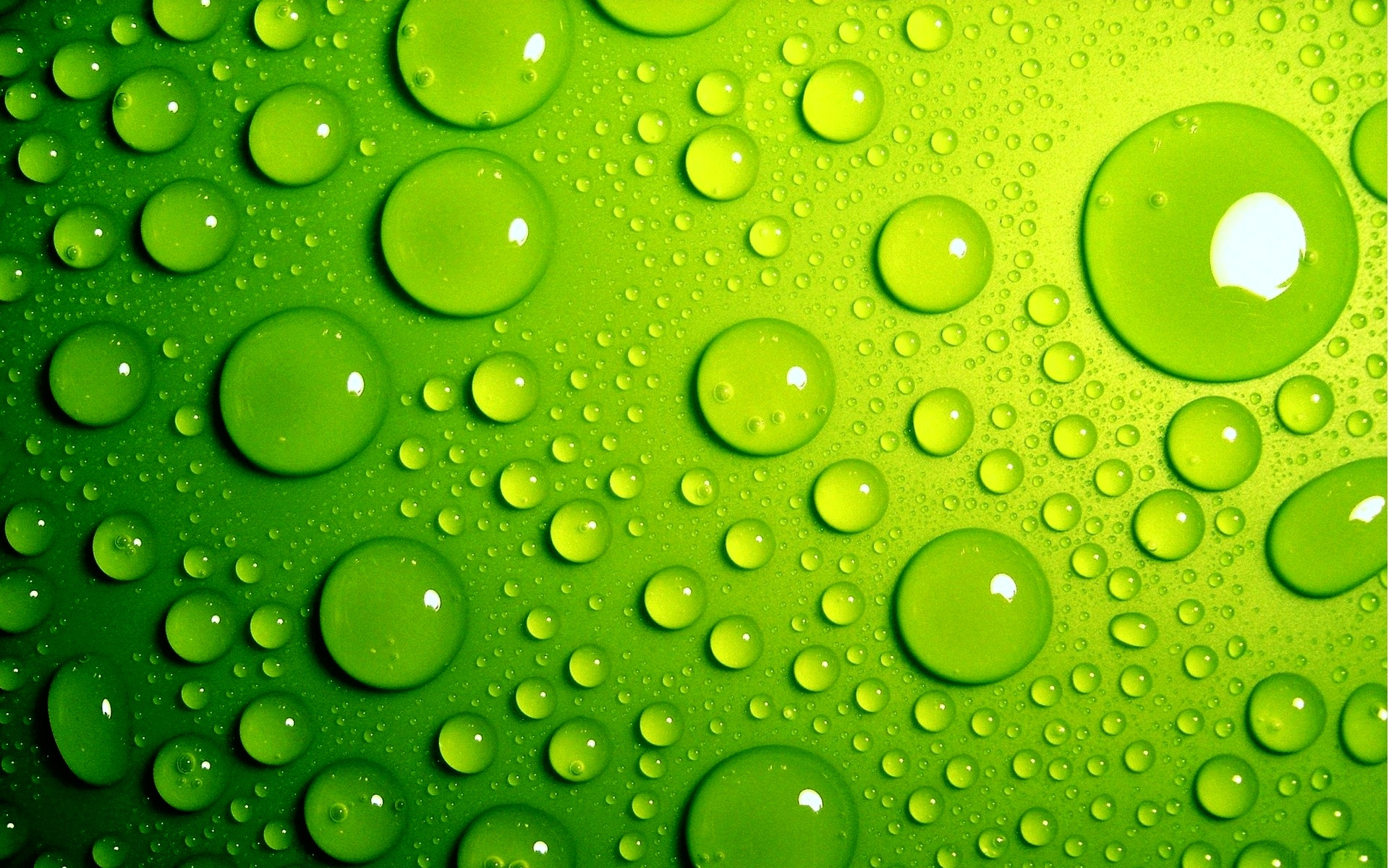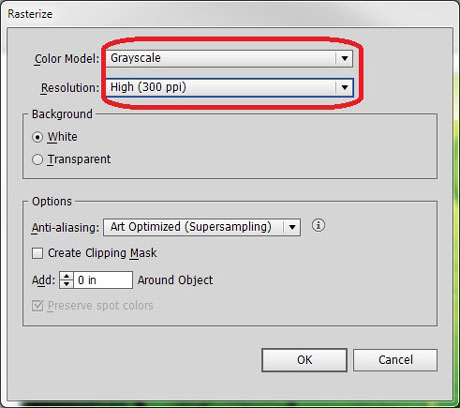Roland ECO-UV® inks are optimized for VersaUV® technology and are designed for flexibility and superior imaging. They offer enhanced scratch and alcohol resistance and adhere to a wide range of coated and un-coated materials.
In addition to CMYK, ECO-UV is offered in 2 specialty coats – white and clear. Clear ink can be used for highlights, special effects, realistic textures and enhanced durability and adds an unprecedented high gloss finish.
Applying ‘clear’ on a raster image can be tricky at times. However, having the right tools and the know-how can make this an easy task.
-
Using the right software and opening the raster image file

If you have the right tool- in this case, software – you’ve already accomplished half of this process. For this example, I’m using Adobe® Illustrator® CS6** and ‘RDG_GLOSS’. If you’ll be using an earlier version of AI,we recommend CS3 or later.
Select the raster file and open it with AI. Make sure the raster file is embedded, not linked. If the file is linked (indicated by diagonal lines), embed the file by selecting Window>Link to display the ‘Link’ window. Then click on the pull-down menu on the Links window and select ‘Embed Image’ to embed the raster file.

Note: To make any adjustments to the raster image, it is better to convert the image to grayscale and make changes in Adobe Photoshop®.
-
Converting the raster image file to grayscale and applying the spot color
Once the raster file is embedded, the next step is to remove the color and convert the file to a grayscale image. To do thisin AI, select the raster file and click Object>Rasterize. From the ‘Rasterize’ window, select ‘Grayscale’ for Color Model and ‘300 ppi’ for resolution. Then, simply apply ‘RDG_GLOSS’ spot color to the grayscale raster image.


Note: More gloss will be applied to darker areas on the image.
-
Saving the file and adding the print job to Roland VersaWorks®
The last step is easy. Just save the file in a format that Roland VersaWorks supports (i.e. PDF or EPS) and add the file to Roland VersaWorks. Choose your settings in ‘Job Properties’ as shown in the image below to verify the print and you’re done.

Note: This method can also be used to apply ‘White’ ink.
